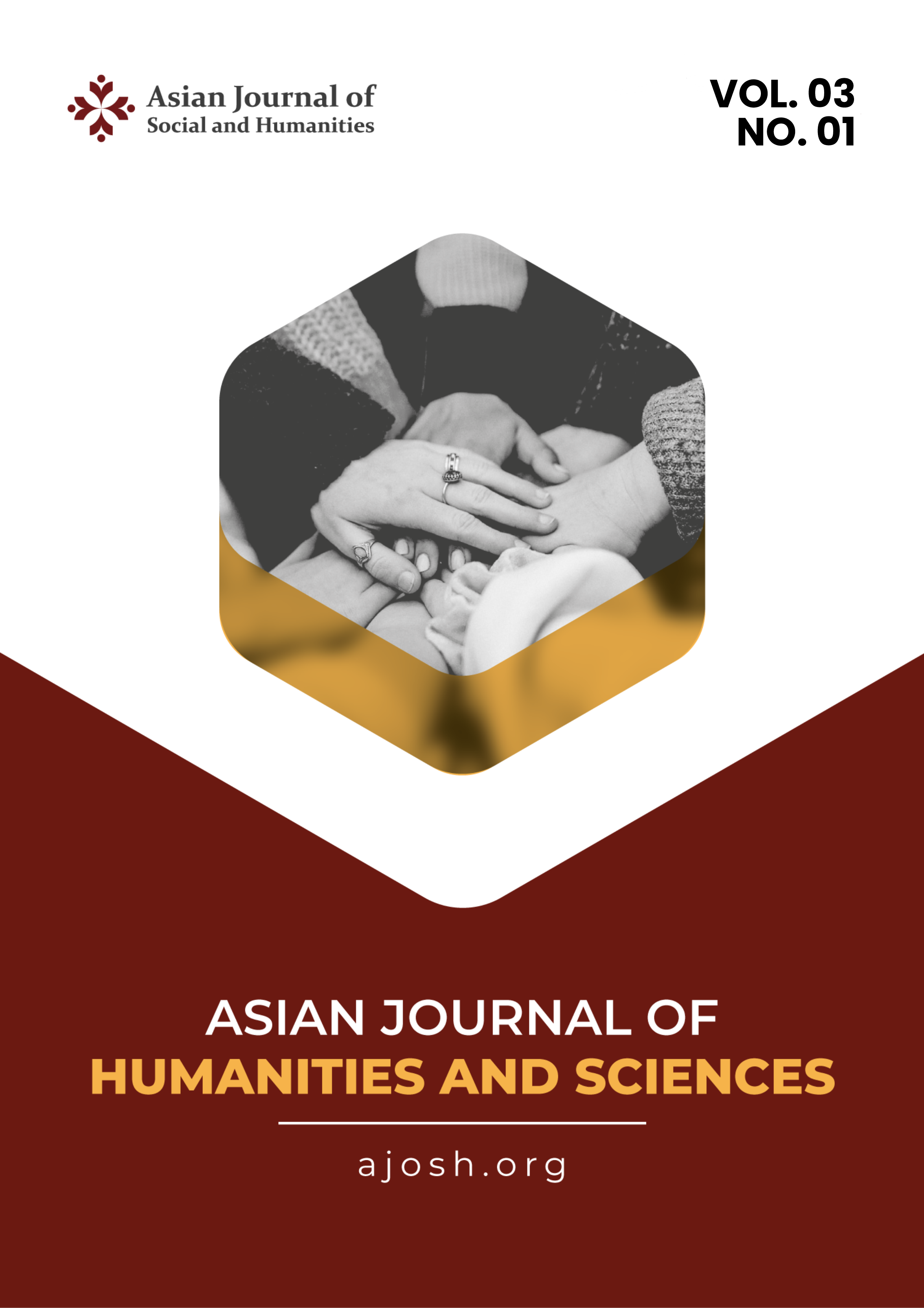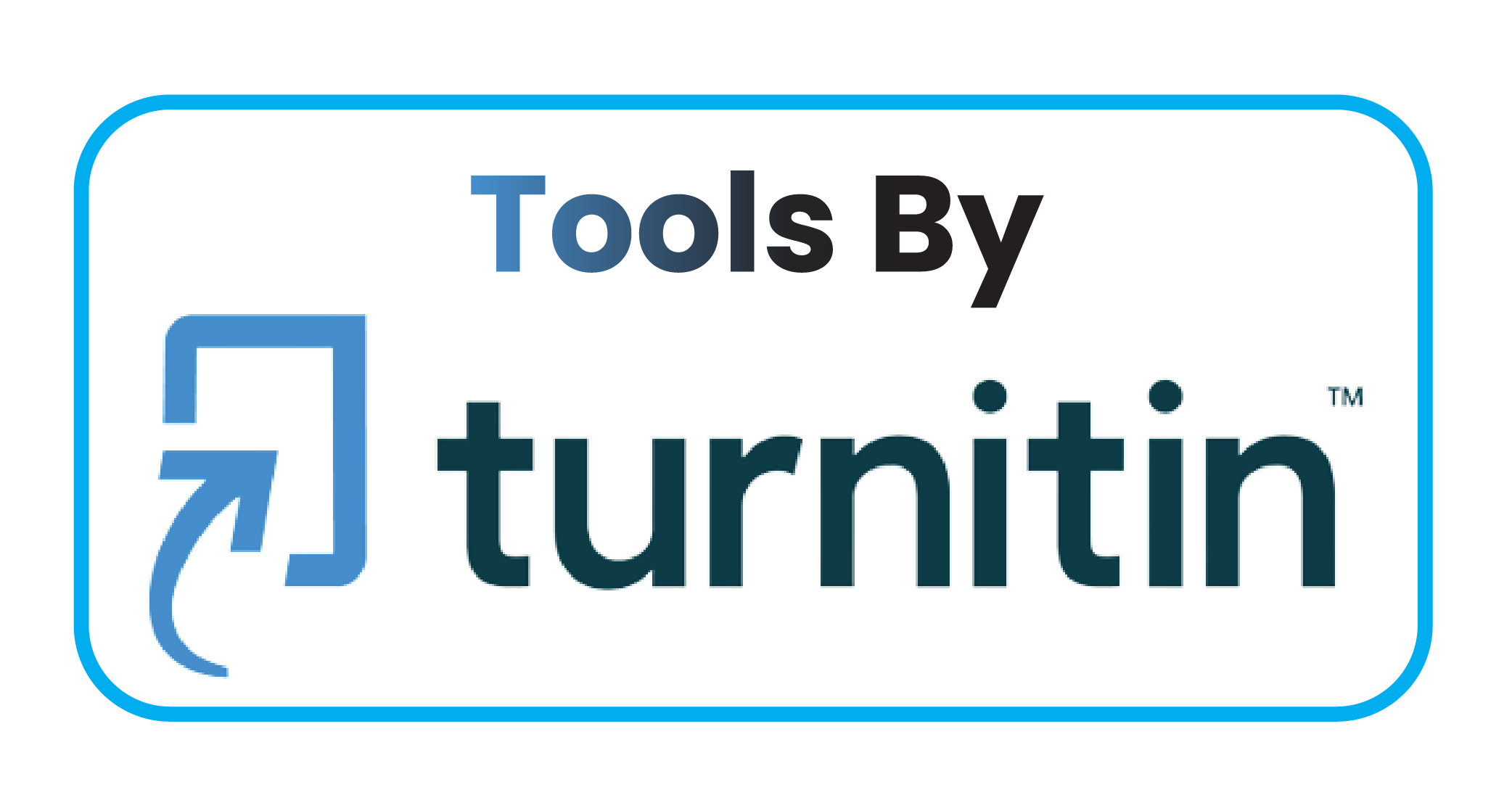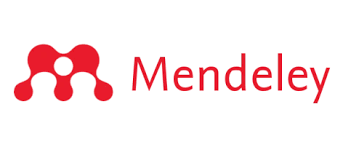Enterprise Architecture Business Model Planning Using EAP Framework (Case Study: PT. Gempita Cahaya Makmur)
DOI:
https://doi.org/10.59888/ajosh.v3i1.416Keywords:
Enterprise Architecture;, Business Architecture;, EAP;, PrintingAbstract
The advancement of technology in a company has an impact on improving business quality. From this observation, architectural planning is a part that is used to build alignment between business strategy and information technology. Architecture within the business domain illustrates how a company conducts business activities and functions to achieve the company's goals. Therefore, the company's business model architecture depicts the current state of architecture by identifying business needs and activities. From this study, the business role of PT. GEMPITA CAHAYA MAKMUR, a company engaged in the procurement of goods and services, especially in the field of wholesale office stationery, printing, photocopier sales, and photocopier and laptop rentals, which has customers from medium-sized companies, large companies, both private and government. The use of the Enterprise Architecture Planning or EAP framework focuses on business architecture. The purpose of this research is expected to produce a blueprint proposal that will be beneficial for PT. GEMPITA CAHAYA MAKMUR to plan the business model architecture that will become the foundation for the design phase of application architecture.
Downloads
Published
Issue
Section
License
Copyright (c) 2024 Ahmad Mutedi, Agung Mulyo Widodo, Gerry Firmansyah, Budi Tjahjono

This work is licensed under a Creative Commons Attribution-ShareAlike 4.0 International License.
Authors who publish with this journal agree to the following terms:
- Authors retain copyright and grant the journal right of first publication with the work simultaneously licensed under a Creative Commons Attribution-ShareAlike 4.0 International. that allows others to share the work with an acknowledgement of the work's authorship and initial publication in this journal.
- Authors are able to enter into separate, additional contractual arrangements for the non-exclusive distribution of the journal's published version of the work (e.g., post it to an institutional repository or publish it in a book), with an acknowledgement of its initial publication in this journal.
- Authors are permitted and encouraged to post their work online (e.g., in institutional repositories or on their website) prior to and during the submission process, as it can lead to productive exchanges, as well as earlier and greater citation of published work.










